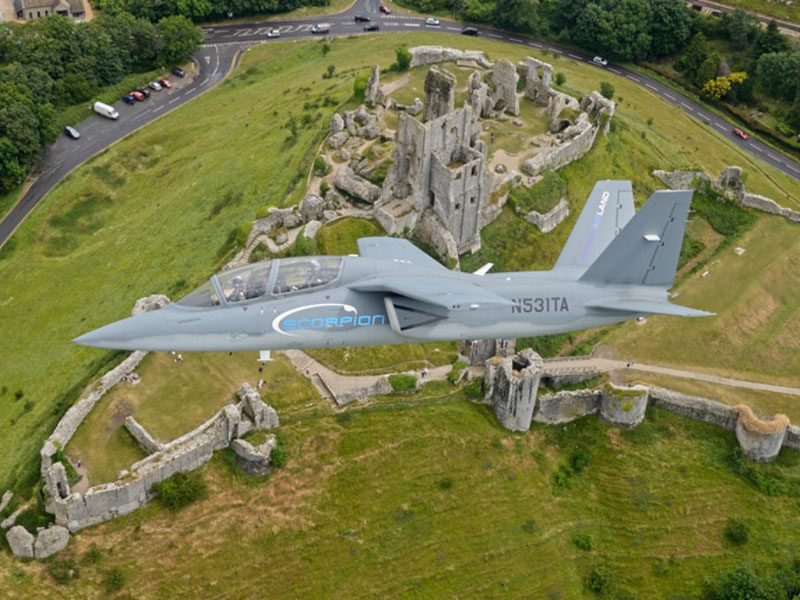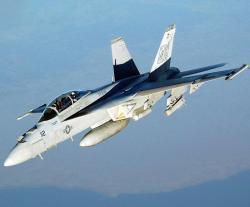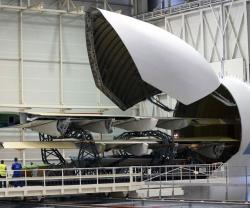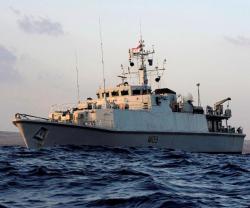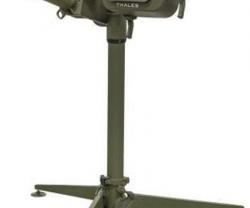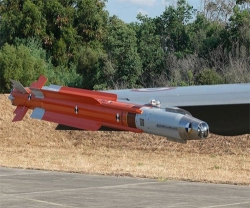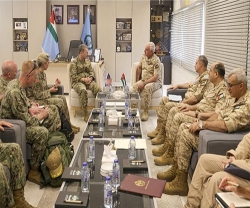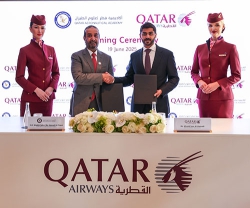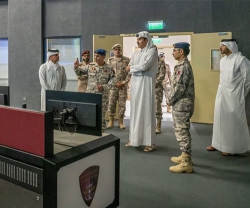Scorpion took to the sky on July 1 from its home base in Kansas, flying a northern route and arriving in Edinburgh on July 5. Scorpion’s first trans-Atlantic flight covered 4,600 nautical miles in 15 flight hours.
Pilots reported the performance as agile and powerful through a wide range of speeds and weather conditions. Scorpion crossed 125 hours total time on the airframe while in the UK.
No other jet has the surveillance and strike capability of Scorpion. And at less than $20 million to acquire, and $3,000 per flight hour, no other jet matches Scorpion’s affordability.
Scorpion is jet fast – with the ability to get to an escalating situation quickly – yet can maneuver at much lower speeds, if the mission requires it.
Quickly reconfigurable, Scorpion’s interior payload bay is provisioned for sophisticated ISR systems. Plus, Scorpion is capable of being weaponized using a variety of weapon sets, including precision guided munitions (PGMs) for precision strike.
While on mission, Scorpion brings the ability to see and exploit perishable intelligence and strike fleeting targets, bringing tactical advantage to even the most demanding situations.
With the ability to perform countless diverse missions, the Scorpion offers one-of-a-kind ISR/Strike capabilities at an unmatched value. Scorpion is also future-proofed, uniquely capable of integrating sensors and mission packages as threats and missions evolve.
Scorpion is also ideal for performing the following missions:
- Irregular Warfare Support
- Humanitarian Assistance/Disaster Response
- Border Security
- Counter Narcotics
- Counter Insurgency (COIN)
- Forward Air Control-Airborne (FAC-A)
- Strike Coordination Armed Reconnaissance (SCAR)
- Airborne on Scene Commander (OSC)

